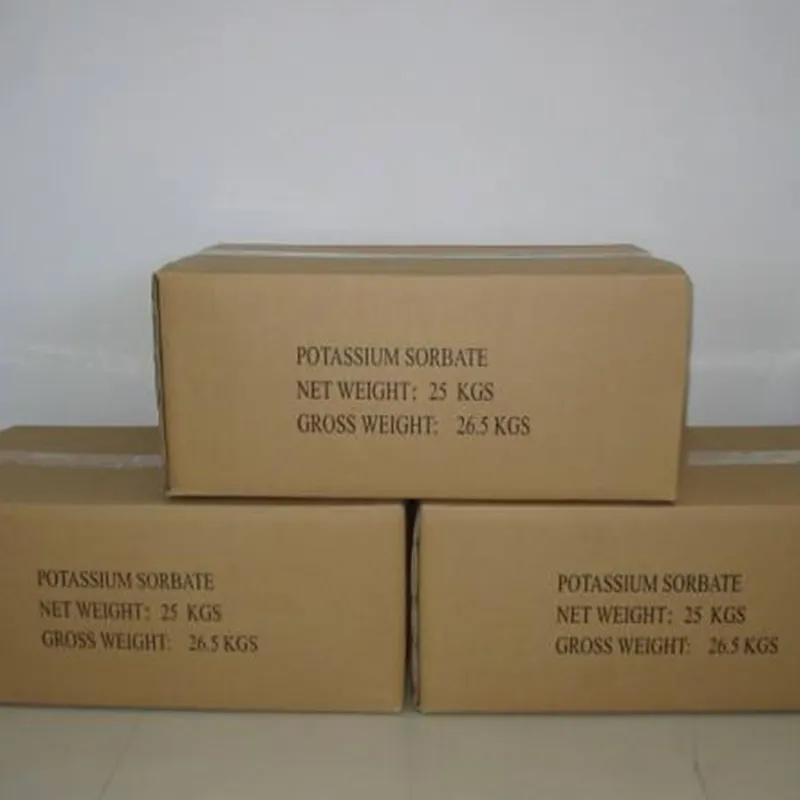
Comparison of Acetic Acid and Formic Acid in Chemical Properties and Applications
Acetic Acid and Formic Acid A Comparative Study
Acetic acid and formic acid are two prominent members of the carboxylic acid family, each playing vital roles in both industrial applications and natural processes
. While they share some similarities as organic compounds, their distinct properties and uses highlight their unique characteristics.Acetic acid, commonly known as ethanoic acid, has the chemical formula CH₃COOH. It is most recognized as a key component in vinegar, giving it its distinctive sour taste. With a pungent smell, acetic acid is produced both synthetically and naturally through the fermentation of ethanol. In terms of industrial applications, acetic acid is a versatile compound; it is used to manufacture various chemicals, including acetic anhydride and acetate esters, which are essential in the production of plastics, synthetic fibers, and food additives. Additionally, acetic acid is employed in photography, textile processing, and even in the food industry as a preservative.
On the other hand, formic acid, with the chemical formula HCOOH, is the simplest carboxylic acid. Its name is derived from the Latin word formica, meaning ant, as it was first isolated from ant venom. Formic acid is a colorless liquid with a pungent odor and is highly soluble in water. This acid is not as prevalent in the culinary world as acetic acid, but it plays a critical role in agriculture and various chemical processes. Formic acid serves as a preservative in animal feed and is also utilized in leather production, dyeing, and printing. Its antimicrobial properties contribute to its effectiveness in preventing spoilage.
acetic acid and formic acid

From a chemical perspective, both acids exhibit similar acidic behaviors; they can donate protons (H⁺ ions) in solution, leading to an increase in the acidity of the surrounding medium. However, their strengths differ. Acetic acid is classified as a weak acid, with a pKa of about 4.76, making it less dissociative compared to formic acid, which is stronger with a pKa of approximately 3.75. This difference in acidity affects their reactivity in various chemical reactions.
In terms of environmental impact, both acetic and formic acids have relatively low toxicity levels. However, safe handling is essential, as both acids can cause irritation to skin and eyes. Their biodegradable nature contributes positively to their overall ecological footprint, making them preferable alternatives to more harmful industrial chemicals.
In conclusion, acetic acid and formic acid, while sharing certain characteristics as organic compounds, are distinguished by their chemical structure, properties, and applications. Acetic acid is widely known for its culinary uses and versatility in the industrial sector, whereas formic acid, although less familiar, proves invaluable in agricultural and manufacturing contexts. Understanding these acids not only sheds light on their individual contributions to science and industry but also emphasizes the importance of organic compounds in our daily lives.
-
Understanding Synthetic Rubber OptionsNewsApr.27,2025
-
Trichloroisocyanuric Acid: Essential for Clean and Safe WaterNewsApr.27,2025
-
Sodium Dichloroisocyanurate: Key to Safe Water TreatmentNewsApr.27,2025
-
Sodium Acid Pyrophosphate: Essential in Modern Food ProcessingNewsApr.27,2025
-
Essential Water Treatment ChemicalsNewsApr.27,2025
-
Denatured Alcohol and Its Industrial UsesNewsApr.27,2025
-
The Versatile Uses of Sodium BicarbonateNewsApr.24,2025
Hebei Tenger Chemical Technology Co., Ltd. focuses on the chemical industry and is committed to the export service of chemical raw materials.
-

view more DiethanolisopropanolamineIn the ever-growing field of chemical solutions, diethanolisopropanolamine (DEIPA) stands out as a versatile and important compound. Due to its unique chemical structure and properties, DEIPA is of interest to various industries including construction, personal care, and agriculture. -

view more TriisopropanolamineTriisopropanolamine (TIPA) alkanol amine substance, is a kind of alcohol amine compound with amino and alcohol hydroxyl, and because of its molecules contains both amino and hydroxyl. -

view more Tetramethyl Thiuram DisulfideTetramethyl thiuram disulfide, also known as TMTD, is a white to light-yellow powder with a distinct sulfur-like odor. It is soluble in organic solvents such as benzene, acetone, and ethyl acetate, making it highly versatile for use in different formulations. TMTD is known for its excellent vulcanization acceleration properties, which makes it a key ingredient in the production of rubber products. Additionally, it acts as an effective fungicide and bactericide, making it valuable in agricultural applications. Its high purity and stability ensure consistent performance, making it a preferred choice for manufacturers across various industries.











